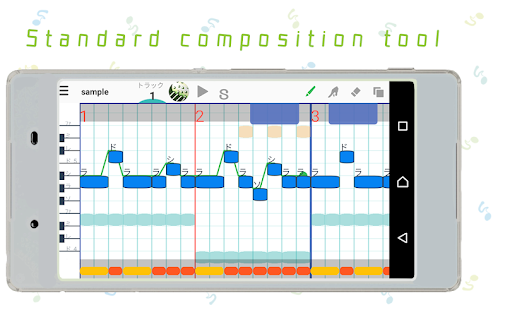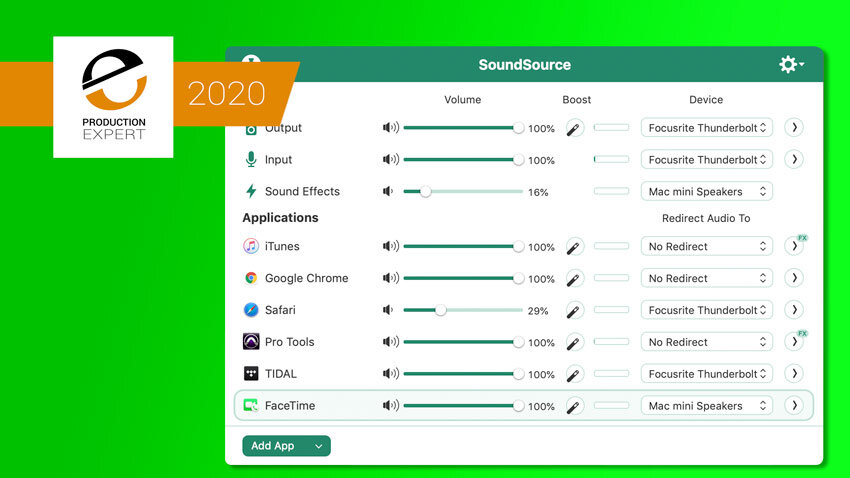
At the next instant in time, the detector might detect normal pressure. At one instant in time, the detector would detect a high pressure this would correspond to the arrival of a compression at the detector site. If a detector, whether it is the human ear or a man-made instrument, were used to detect a sound wave, it would detect fluctuations in pressure as the sound wave impinges upon the detecting device. Since a sound wave consists of a repeating pattern of high-pressure and low-pressure regions moving through a medium, it is sometimes referred to as a pressure wave. Thus, the wavelength is commonly measured as the distance from one compression to the next adjacent compression or the distance from one rarefaction to the next adjacent rarefaction. A longitudinal wave consists of a repeating pattern of compressions and rarefactions. Since a longitudinal wave does not contain crests and troughs, its wavelength must be measured differently. For a transverse wave, this length is commonly measured from one wave crest to the next adjacent wave crest or from one wave trough to the next adjacent wave trough. Since a wave repeats its pattern once every wave cycle, the wavelength is sometimes referred to as the length of the repeating patterns - the length of one complete wave.

The wavelength of a wave is merely the distance that a disturbance travels along the medium in one complete wave cycle. The compressions and rarefactions are labeled. The diagram below depicts a sound wave created by a tuning fork and propagated through the air in an open tube. The compressions are regions of high air pressure while the rarefactions are regions of low air pressure.

These regions are known as compressions and rarefactions respectively. The forward motion of a tine pushes air molecules horizontally to the right and the backward retraction of the tine creates a low-pressure area allowing the air particles to move back to the left.īecause of the longitudinal motion of the air particles, there are regions in the air where the air particles are compressed together and other regions where the air particles are spread apart. As the tines of the fork vibrate back and forth, they push on neighboring air particles. This is what characterizes sound waves in air as longitudinal waves.Ī vibrating tuning fork is capable of creating such a longitudinal wave. The motion of the particles is parallel (and anti-parallel) to the direction of the energy transport. If a sound wave is moving from left to right through air, then particles of air will be displaced both rightward and leftward as the energy of the sound wave passes through it.

Sound is a mechanical wave that results from the back and forth vibration of the particles of the medium through which the sound wave is moving.


 0 kommentar(er)
0 kommentar(er)
